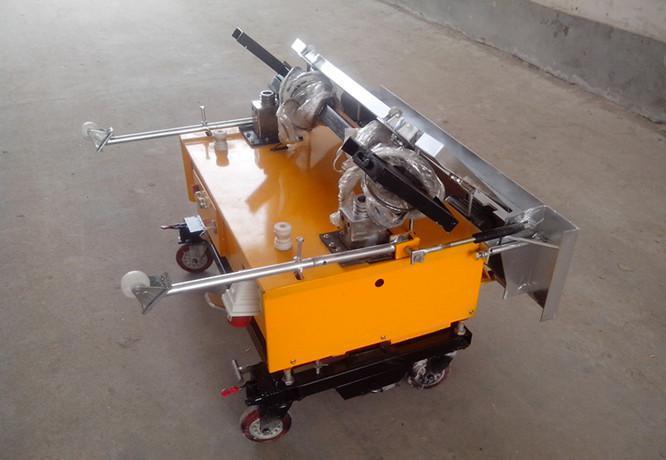The construction industry has seen a significant shift in recent years towards increased efficiency, productivity, and cost-effectiveness. This change has been driven by the emergence of new technologies and innovative techniques, with automation playing a particularly important role. One area that has greatly benefited from automation is plastering, where the introduction of plastering machines has transformed the way this essential task is carried out. In this article, we’ll explore how automated plastering machines have streamlined the plastering process and discuss the benefits they bring to both construction professionals and homeowners.
Enhancing Efficiency and Reducing Labour Requirements
The traditional plastering process can be time-consuming and labour-intensive, requiring skilled workers to manually apply plaster to walls and ceilings. The plastering machine, however, has revolutionised this process by automating the application of plaster, resulting in a more efficient and cost-effective method. These machines can cover large surface areas quickly and consistently, minimising the time and effort required to complete the job.
With a reduced need for manual labour, construction companies can save on labour costs and allocate their workforce to other tasks, improving overall project efficiency. Additionally, automated plastering machines eliminate the need for scaffolding in many cases, further reducing costs and enhancing safety on the construction site.
Consistency and Quality in Plaster Application
One of the key advantages of automated plastering machines is their ability to deliver consistent and high-quality results. Unlike manual plastering, which can be susceptible to human error and result in uneven surfaces or imperfections, plastering machines apply plaster uniformly across the surface. This consistency ensures a smooth, flawless finish that requires minimal sanding and touch-ups, which can save time and money on the project.
Moreover, the precise control offered by plastering machines allows for the application of specific thicknesses and textures, enabling construction professionals to achieve the desired aesthetic and performance outcomes. This level of accuracy can be particularly beneficial when working with specialist plasters or finishes, ensuring that the full potential of these materials is realised.
Reduced Waste and Environmental Benefits
Another important benefit of plastering machines is their potential to reduce waste and promote more sustainable construction practices. By automating the plastering process, these machines help to minimise the overuse of materials and reduce the amount of waste generated on-site. This not only has cost-saving implications but also contributes to a smaller environmental footprint.
Furthermore, the precise application of plaster by automated machines can improve the overall energy efficiency of a building. By ensuring that the plaster is applied evenly and to the correct thickness, these machines help to optimise the insulation properties of the plaster, reducing heat loss and lowering energy consumption. This improved energy efficiency can lead to lower energy bills for homeowners and a reduced carbon footprint for the building.
The Future of Plastering Machines and the Construction Industry
As technology continues to advance and the construction industry increasingly embraces automation, we can expect to see further improvements and innovations in plastering machine technology. In the future, we may see machines capable of handling even more complex tasks or working with a wider range of materials, further streamlining the plastering process and enhancing the quality and efficiency of construction projects.
Moreover, as the focus on sustainability and environmentally responsible construction grows, the role of plastering machines in promoting greener practices will become increasingly important. By reducing waste, minimising resource use, and improving energy efficiency, these machines have the potential to make a significant contribution to the global effort to combat climate change and protect our planet for future generations.

